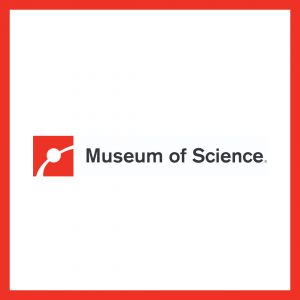Word of the Day
orrery
noun
an apparatus for representing the positions, motions, and phases of the planets, satellites, etc., in the solar system.
Why the Museum of Science chose orrery
To find out, watch this video from science communicator Alex Dainis, PhD.
Learn more at the Museum of Science.
More about orrery
Orrery is the namesake of Charles Boyle, Earl of Orrery. Orrery is the anglicized version of the Irish place name (or toponym) Orbhraighe, in which Orbh is an Irish name and -raighe is a common suffix roughly meaning “people of.” Orrery was first recorded in English around 1710.
EXAMPLE OF ORRERY USED IN A SENTENCE
The astronaut turned the old orrery’s crank to determine when the next eclipse would occur.

telekinesis
noun
the purported ability to move or deform inanimate objects, as metal spoons, through mental processes.
More about telekinesis
Telekinesis is formed from two Ancient Greek elements: têle, meaning “far,” and kī́nēsis, meaning “movement.” The root têle appears in telephone and television, while kī́nēsis comes from the verb kīneîn, “to move,” and is related to cinema and kinesthetic. Telekinesis was first recorded in English in the late 1880s.
EXAMPLE OF TELEKINESIS USED IN A SENTENCE
The Jedi master used a combination of telekinesis and saber-play to corner the Sith lord in battle.
nearlywed
noun
a person whose wedding day is very soon to occur.
More about nearlywed
Nearlywed is a compound of nearly and wed, on the pattern of newlywed. Near comes from Old English nēar, meaning “closer.” Wed comes from Old English weddian, “to pledge.” Nearlywed was first recorded in English in the late 1950s. Nearlywed is one of the recent additions to Dictionary.com.
EXAMPLE OF NEARLYWED USED IN A SENTENCE
The nearlyweds registered for many gifts, only to return them months later as newlyweds.